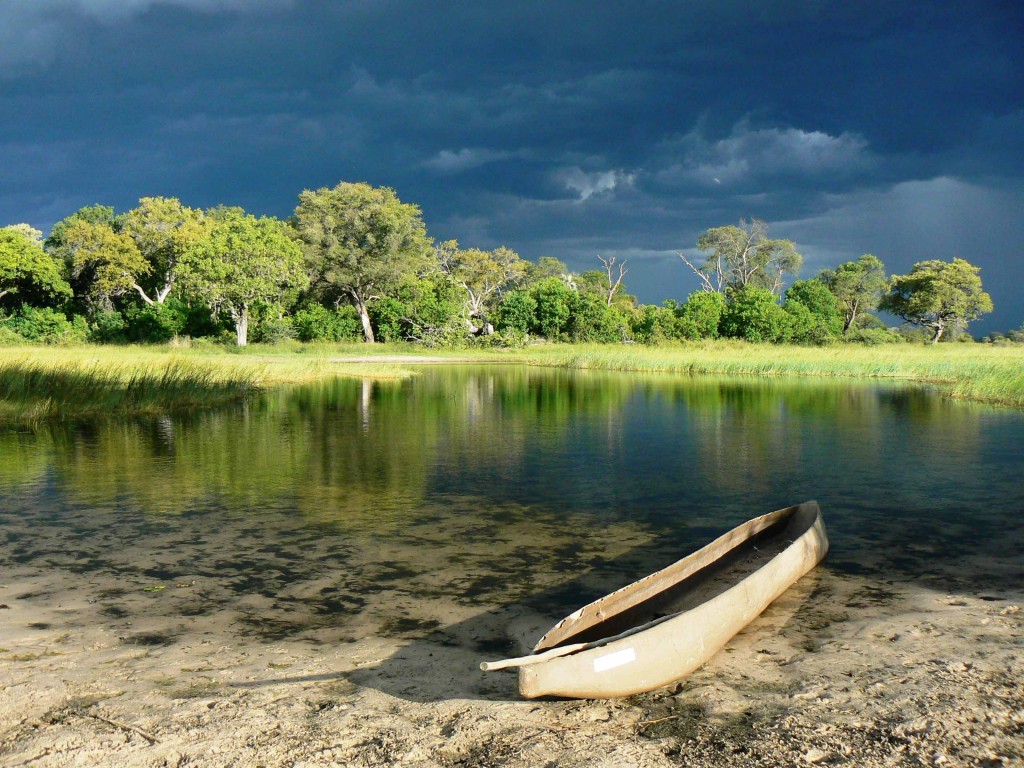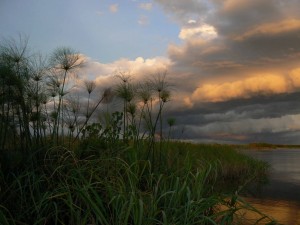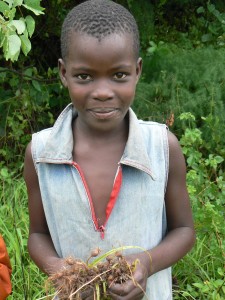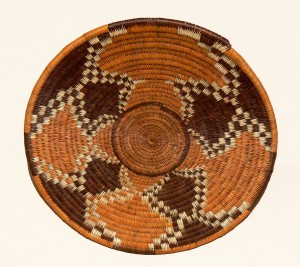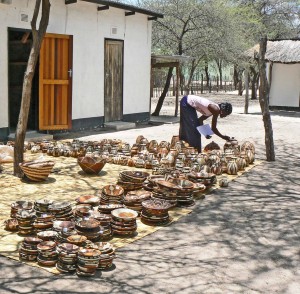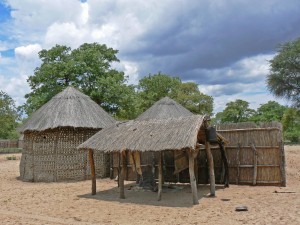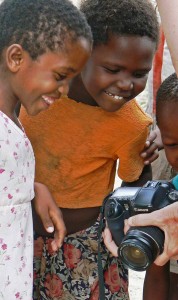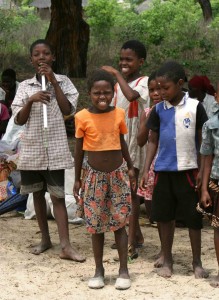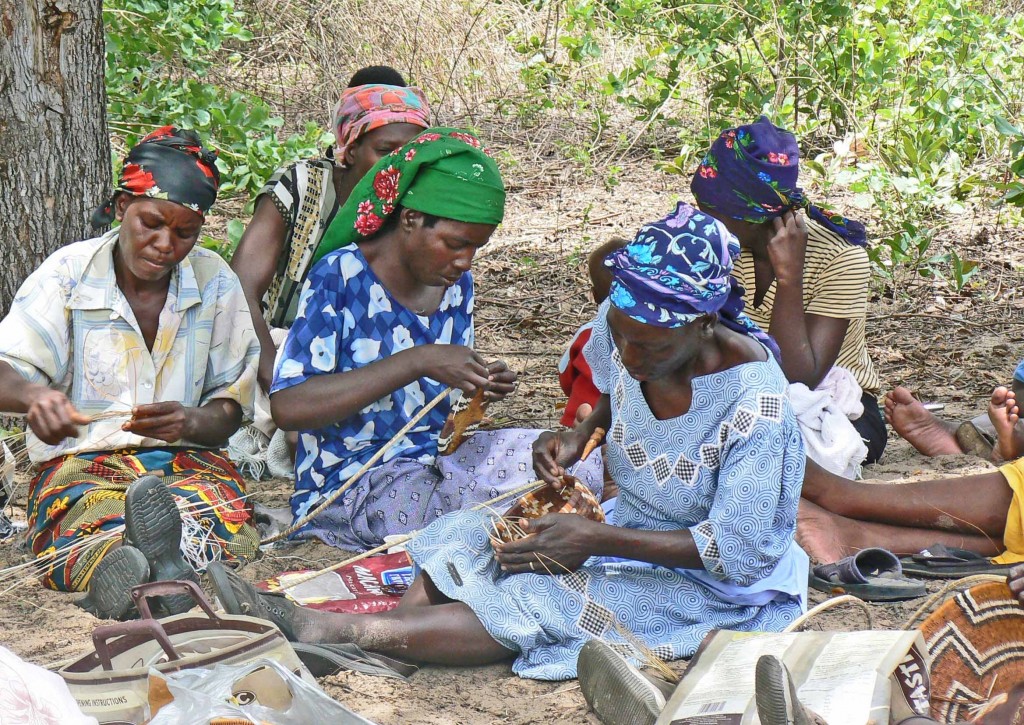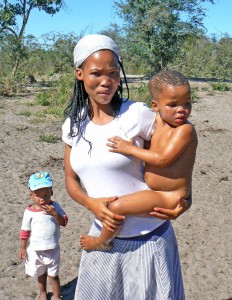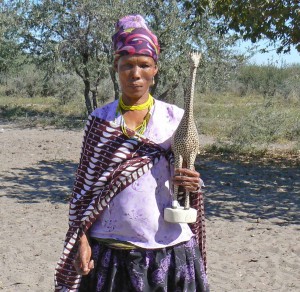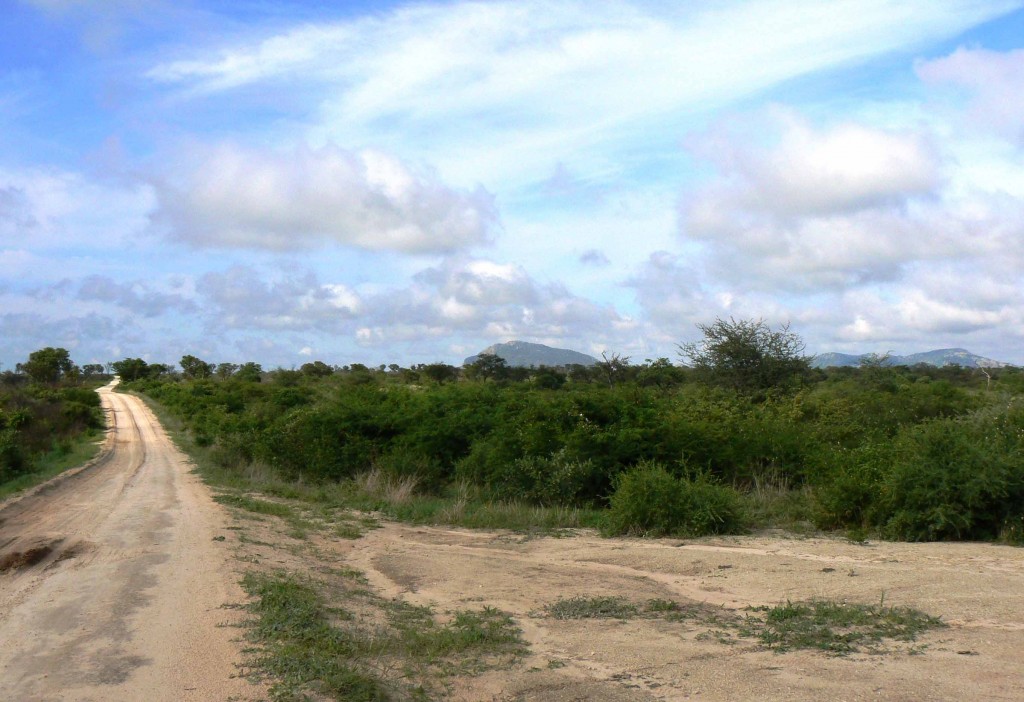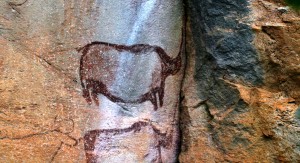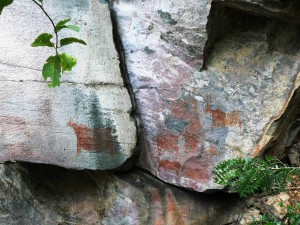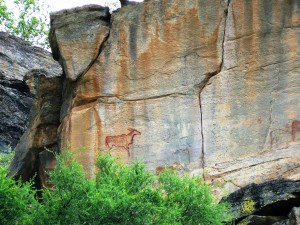A Look at Botswana
Beautiful Botswana
Botswana is a jewel in Southern Africa. It’s a country of wide open spaces where the wind blows gently for miles without tousling the hair on a single human head. A wild country where game animals abound – where huge herds of elephant and buffalo fill the air with dust and thunder. A friendly country where the people are kind and polite and possess an enormous wealth of traditions and knowledge. It is a country of peace and happiness.
There is serenity in the pureness of unspoiled wilderness and intense spirituality found by those who seek it in places such as Tsodilo Hills or under the stars in the heavens that burn bright in the deep night in the central Kalahari.
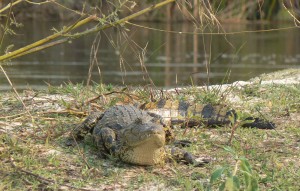
There is also raw adventure, adrenaline triggering encounters with wildlife in the bush and the vast Okavango River teeming with hippos and crocodiles.
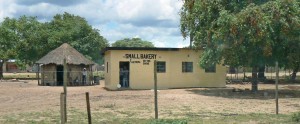
There are the quiet villages where people continue to live primarily off of a bountiful land, cultivating crops of mabele, maize, squash, peanuts and pumpkins, tending herds of cattle and goats and fishing in the Okavango
Botswana means the land of the Tswana. Motswana are the Tswana people of Botswana. Setswana is the language of the Tswana. English is the official language of the country, however Setswana is spoken by most of the people in the country.
Although the Tswana are the primary ethnic group in the country, Botswana is home to San, or Bushman people, locally known as the Basarwa, to Bayei and Hmambukushu who were originally refugees from Angola, to Kalanga who are related to the Shona of Zimbabwe and to the Herrero who migrated to Botswana from Namibia and Angola.
In poetic Setswana, the names for the local currency is the same as the names for rain, which is precious in this desert country. Pula is the name for rain and for the currency, and thebe is the name for raindrops and also for small copper coins.
I came to this country because I simply fell in love with it, and the longer I remain here, the deeper my feelings become. I have read that in the Hmambukushu language, okavango translates to something approximating ” a place that you have been looking for, that you have found, and now you can be happy “. I have a home on the Okavango River and I am happy.
I invite you to enjoy the following photos of my Botswana.
Debbie Logan – June 2010 – Nxamasere, Botswana
THIS PAGE IS UNDER CONSTRUCTION
THE PEOPLE OF BOTSWANA

Tiny Nkgomotsang Mothanka and Katy Jesaya Ketlogetswe singing at a party - Nxamasere, Ngamiland, Botswana
The people of the Nxamasere area of Ngamiland are primarily Bayei, Hmambukushu and River Bushman. The Bayei, who were the first to settle in the area, generously welcomed the Hmambukushu who fled from their homes in Angola to escape the domination of fierce rain chiefs of their tribe and from the turmoil of their war-torn country. The Hmambukushu intermarried with the Bayei and became part of the community. In upper Ngamiland, several villages were established by the Botswana government for the Hmambukushu fleeing Angola. The six villages are called Etsha 1 through Etsha 6. The arriving Hmambukushu introduced a new level of skill in basket making which influenced and enriched the community. Although basket weaving was already an established craft among the Bayei, the arrival Hmambukushu weavers brought new ideas to the industry for which Botswana is famous.
Basket making is an integral in the communities, where plain baskets without decoration are used in every day life for winnowing grain, storage and numerous other household tasks. The baskets are woven using primarily the fibers from the leaves of the local mokolwane palm tree. The un-dyed fibers are an off-white color. Additionally, the palm fibers are dyed using traditional plant dyes from the bush and decorated baskets made with colored fibers are produced for sale. Traditionally, the women are the weavers and sales of their baskets provide a much needed cash income for them.

A traditional dwelling in rural Ngamiland - Most of the dwellings found in the rural areas of Ngamiland are built with thatch and poles. The thatch roof requires continuous upkeep and is normally replaced each year before the rains
Most of the people in the rural areas are pastoral, relying heavily on livestock and produce from their fields to provide meat, milk, grains and green vegetables for their staple diet. Cash income buys commodities such as sugar, coffee, tea, cooking oil as well as clothing, cel phones, radios and cosmetics.
It is common to see abundant wandering herds of cattle, goats and donkeys as they roam unfenced to graze during the day. At night, the smaller animals are herded into thorn kraals to protect them from predators such as hyenas and small wild cats.
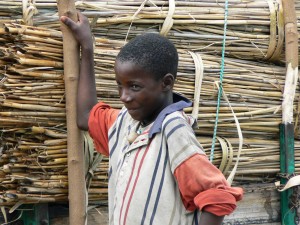
A Shy Young Boy - Nxamasere, Botswana Stands by the side of a heavily laden wagon filled with thatch material
The herds are the wealth of the Motswana. Cattle are butchered
for celebrations or events such as funerals during which large large numbers of people need to be fed, and are
also sold to village butcheries for cash. Mutton is a delicacy often served at weddings. The prized animal Sheep thrives in parts of Ngamiland, however in the Nxamasere area the bush is too thick and heavy to support the grazing habits of sheep. Goats thrive as they are not as selective and are efficient browsers.
The infamous donkey has been referred to as the “Botswana Bicycle” as they are seen in abundance throughout Ngamiland.
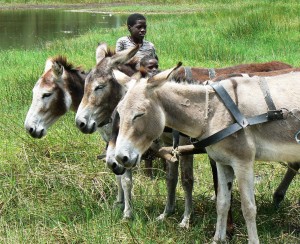
Donkeys in Harness - carts are used to carry plastic water cans to and from the water source which might be the river, a pool or a faucet in the village
There was a time when Botswana citizens could buy donkeys for just a few Pula through government programs, and thus the prolific beasts, when not in harness, stand in the middle of the road with no apparent concern which makes them a major road hazard, especially at night when they are difficult to see in the beams of vehicle headlights.
Young boys are often seen astride galloping donkeys, racing each other on the wide open expanses next to the tar road.
Curious, like all children, youngsters at Nxamasere Village delight in seeing their images on the screen of a digital camera. While their mothers gather
Although the wetlands of the Okavango are not far away as the crow flies, and indeed the mighty Okavango River flows a mere 40 to 50 kilometers from Tsodilo Hills, the Tsodilo area offers no permanent water. Dry, hot and dusty – on the fringes of the Kalahari Desert water is precious and it it a rare treat for San youngsters to be able to play in the bath.
There was a severe water shortage at Tsodilo after the bore hole at Tsodilo Hills was struck by lightening and rendered un-operational. The nearest operating bore hole was at a cattle post 14 kilometers away from the San village at Tsodilo. Until the situation resolved, I made trips to the hills and carried an assortment of beat up plastic jerry cans to the cattle post in the back of my Nissan station wagon where we would fill them water with the kind permission of the Herrero herdsmen at the post. Piled and wedged on top of the jerry cans, and in every inch available in the front seat of my car, delightful San children take every opportunity to have a ride in the car and a refreshing splash in the corrugated tin when we had finished filling the jerry cans.
The San children have to be some of the most beautiful children in the entire world. Their excited “click-chatter”, shrieks and giggles continue non stop on the trips to the bore hole. A favorite pastime is to tilt the rear view mirror to a position in which as many small giggling faces as possible could be reflected.
There was always at least one lady that came with me to fill the jerry cans, such as Kxuka Boo, seen to the left with her little girl after a bath.
Kxuka is on of the female artisans at Tsodilo who makes necklaces, bracelets and earrings from ostrich egg shell beads, porcupine quills and local seeds. Xabe Boo, seen below to the right is another of the Tsodilo ladies who makes beautiful jewelry. She is shown holding a detailed wood carving of a giraffe made by her husband Xishe Boo.
